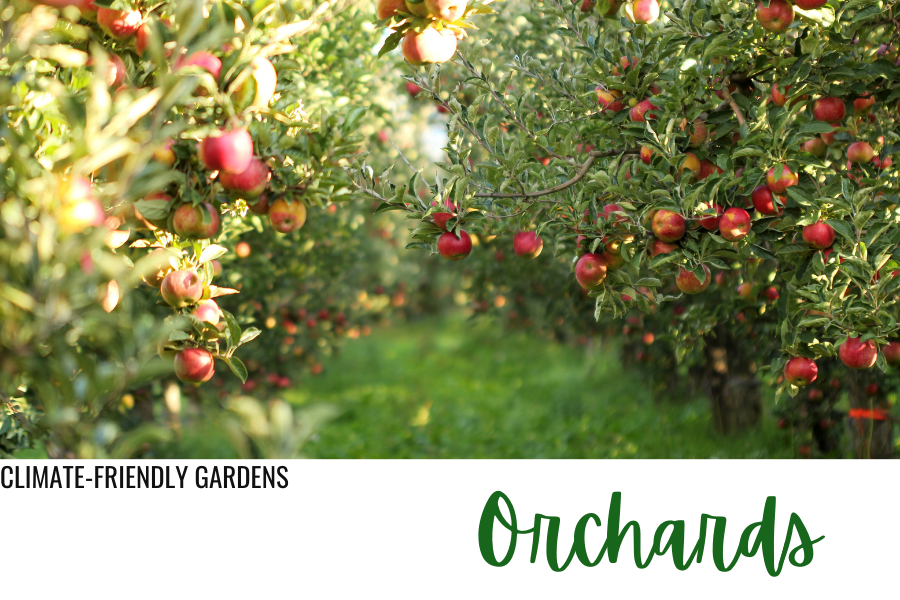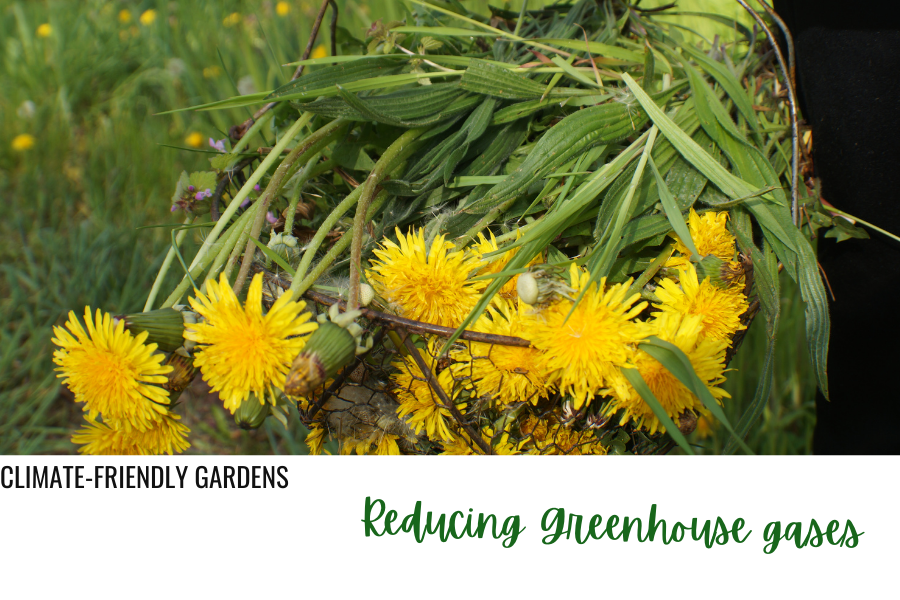Climate-friendly gardening is a fantastic way to introduce the topic of climate change to children. Learning about climate-friendly practices in the garden can impact students and help them discover the need for change in our environmental practices.
Climate is the long-term pattern of weather conditions in places such as your home town, your community, your neighbourhood. Building a climate-friendly garden with children can help them understand how the climate is changing.
What Does Climate-Friendly Gardening Mean?
Climate-friendly gardening involves using natural gardening practices to reduce emissions of greenhouse gases. You can have students do research projects or science experiements to examine greenhouse gases in more detail. Plus, these practices listed below encourage healthier soil by improving the absorption of carbon dioxide – which also reduces the issues with global warming. Here are a few examples:
- Orchards
- Forest gardening
- Permaculture
- Rain gardens
- Vegan organic gardening
- Water-wise gardening
- Wildlife gardens

What Are Greenhouse Gases?
First, let’s understand the problem with greenhouse gases. While about 66 percent of greenhouse gases are attributed to fossil fuels and cement production, the rest is caused by human use of land. Greenhouse gases are made up of carbon dioxide, methane, nitrous oxide and black carbon.
So how can the climate-friendly gardener reduce greenhouse gases?

Carbon Dioxide in the Garden
The way gardeners cause extra carbon dioxide to be released into the atmosphere happens due to not considering the habitats theyíre destroying, or the unnatural cultivation of the soil using fuel-based fertilizers and chemical pesticides.
- Peat moss – Stop using peat moss or any compost that contains peat because it is damaging to the environment.
- Renewable sources – Use renewable sources for building materials, such as bamboo.
- Cover your soil – Don’t leave your soil naked between growing; Try a plant cover that adds the right nutrients to your soil.
- Use human power – Avoid gas and instead use gardening tools that are human or electric powered.
- Explore rainwater options- Avoid watering your garden with tap water; instead use rainwater catchment.
- Methane
This is of more concern to animal farmers than gardeners, but methane production can be greatly eliminated by:
- Ensure soil aerated
- Keeping compost heaps turned and moist (a great gross-motor skill to learn!)
- Getting rid of weeds properly through hand digging or natural competition
By doing the above with your children, you’ll reduce the production of methane within the ecosystem of your garden, keeping it at more natural levels.

Nitrous Oxide Reduction
There are several ways that gardeners cause too much nitrous oxide to get into the atmosphere. One way is to use synthestic fertilizers. Educate children on what is healthyy dirt from fertilized soil so they know what is contained within. Another way that students can learn to avoid nitrous oxide from getting into the atmostphere is to work in dry soil. Working in the garden when the soil is wet can cause the soil to compact. Finally, children might suggesting burning weeds or throwing them in a compost but these actions could cause further issue. You can cut down on this by using natural practices instead, for example by using the right plants such as legumes as cover plants to increase soil nitrogen and so forth.
Black Carbon
While this is not a gas, it does behave as if itís a greenhouse gas because it absorbs heat. You can cut down on this problem by not burning weeds – or at least not burning them while theyíre wet. Black carbon is also produced by transporting garden products to chain stores. Try buying locally to cut down on black carbon.

Is climate-friendly gardening for you?
Use climate-friendly gardening practices such as planting strategically, weeding properly, keeping soil healthy, and moist without fossil fuels and more. When you can do something naturally to control the environment such as planting shade trees or building water features by catching rainwater, or strategic placement of wildlife attracting plants, you’re going to have a healthier garden plus not contribute to greenhouse gases.

3 Responses